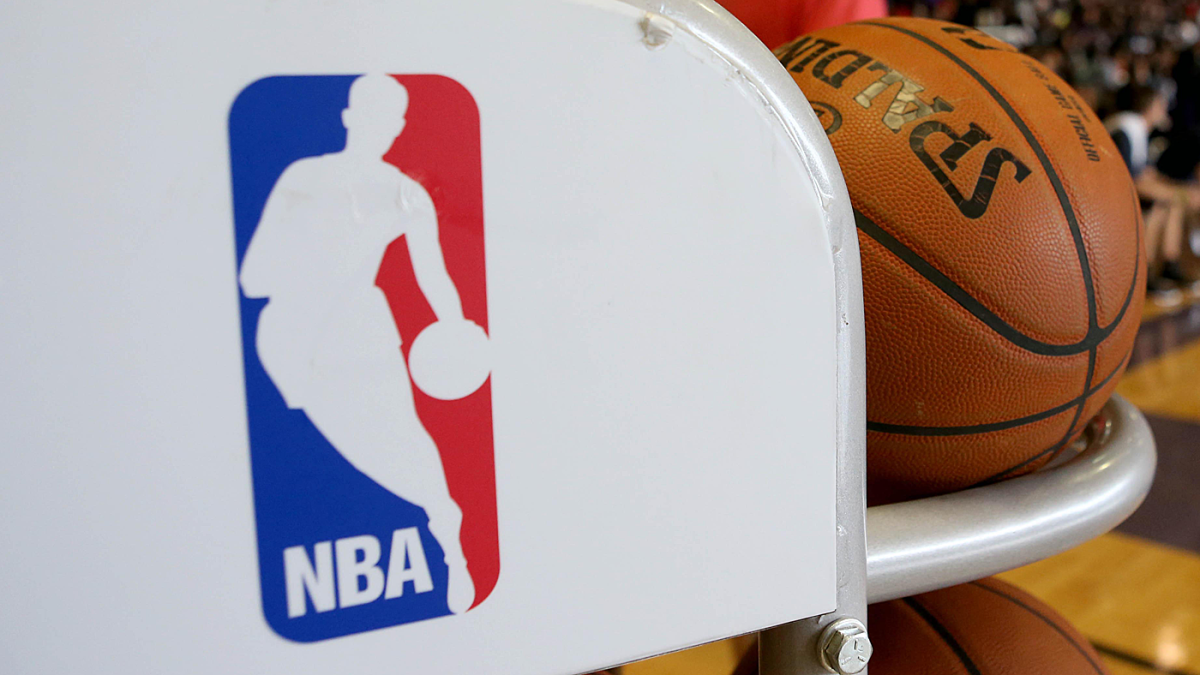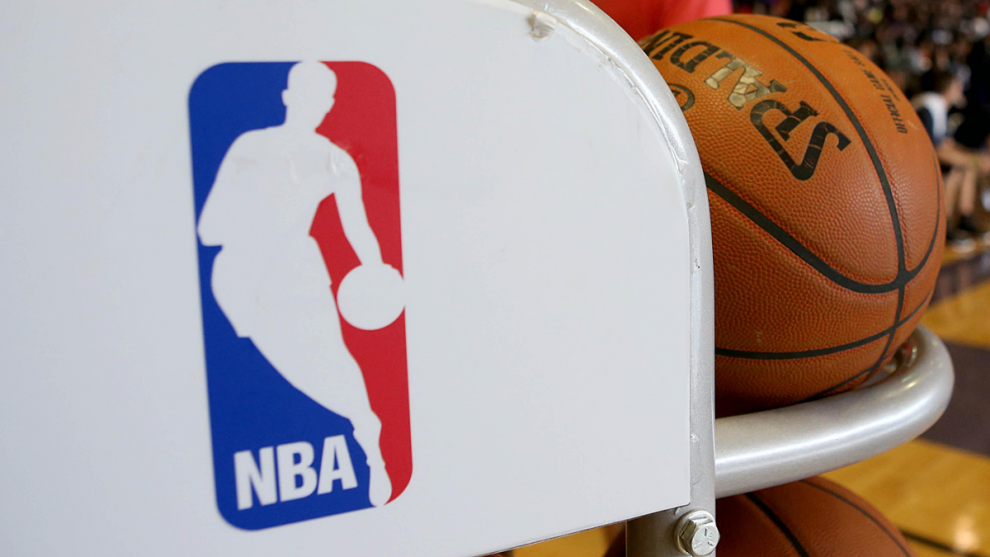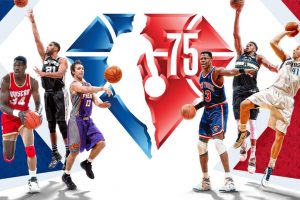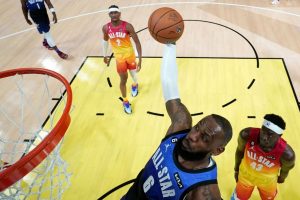
Introduction
The NBA’s “One-and-Done” rule has been a topic of debate and scrutiny since its implementation in 2006. Under this rule, players are required to be at least one year removed from high school before becoming eligible for the NBA draft. The intention behind this rule was to encourage players to develop their skills and maturity before entering the professional league. In this article, we will analyze the effectiveness of the “One-and-Done” rule, examining its impact on players, college basketball, and the NBA itself. Through the lens of technological advancements, real-life examples, and insights from notable figures in the basketball community, we aim to shed light on this contentious issue.
I. The Impact on Player Development and College Basketball
- Stifling Player Freedom and Progression
One argument against the “One-and-Done” rule is that it restricts the freedom of talented high school players to pursue a professional career immediately after graduation. By forcing players to spend a year in college, the rule limits their options and delays their potential earnings. Critics argue that this inhibits the natural progression and development of players, who may be ready to compete at the professional level right out of high school.
Basketball Hall of Famer and former NBA player Tracy McGrady expressed his view, saying, “If a player has the talent and ability to play in the NBA right after high school, why should we hold them back? It’s a disservice to their potential and hampers their growth as athletes.”
- College Basketball as a Stepping Stone
Proponents of the “One-and-Done” rule argue that it benefits college basketball by attracting elite talent and increasing the level of competition. The rule allows colleges to showcase top-tier players for at least one season, generating excitement and revenue for their programs. Additionally, the exposure gained by playing in high-profile college games can boost a player’s visibility and marketability, potentially leading to lucrative endorsement deals and future opportunities.
Legendary college basketball coach Mike Krzyzewski shared his perspective, stating, “The ‘One-and-Done’ rule brings elite players to our college campuses, creating a higher level of competition and providing an incredible experience for fans. It’s a win-win situation for both the players and the colleges.”
II. The NBA’s Perspective: Player Evaluation and Readiness
- Evaluating Player Potential
The “One-and-Done” rule allows NBA teams to assess players’ abilities against stronger competition and determine their readiness for the professional level. By observing players in college, NBA scouts and executives gain more comprehensive insights into their skills, work ethic, and potential. This additional year provides a larger sample size for evaluation, enabling teams to make more informed decisions during the draft process.
Former NBA general manager and current analyst, Ryan McDonough, explained, “The ‘One-and-Done’ rule allows NBA teams to evaluate players against tougher competition, which is essential for assessing their long-term potential. It helps teams make better-informed choices during the draft.”
- Player Maturity and Preparedness
Advocates of the rule argue that the extra year spent in college allows players to mature both on and off the court. College provides a structured environment where players can develop their skills, gain valuable experience, and learn important life lessons. This additional year of physical and mental growth prepares them for the challenges they will face in the NBA, both as athletes and as individuals navigating a professional career.
NBA All-Star and former college basketball player Chris Paul remarked, “The ‘One-and-Done’ rule gives players an opportunity to grow and mature before entering the NBA. College teaches you valuable life skills, and that extra year can make a significant difference in a player’s preparedness for the challenges ahead.”
III. Reevaluating the “One-and-Done” Rule: Potential Alternatives
- Lowering the Age Requirement
Critics of the “One-and-Done” rule propose lowering the age requirement for NBA eligibility, allowing players to enter the draft directly out of high school, as was the case prior to 2006. Advocates for this change argue that it grants players the freedom to make their own decisions based on their individual circumstances and abilities.
NBA Commissioner Adam Silver expressed openness to reevaluating the rule, stating, “Lowering the age requirement is something we are considering. We want to ensure that we strike the right balance between player development and the needs of our teams.”
- Implementing a Two- or Three-Year College Requirement
Another alternative suggested is to increase the minimum college requirement to two or three years. This approach aims to provide players with a more substantial college experience, allowing for greater skill development and maturity. Advocates argue that this extended timeframe benefits both players and colleges, creating a win-win situation.
Basketball analyst and former NBA player Jay Williams commented, “Extending the college requirement to two or three years can provide a more well-rounded development experience for players. It allows them to grow on multiple fronts and increases the likelihood of a smoother transition to the NBA.”
Conclusion
The “One-and-Done” rule has been a divisive topic since its implementation. While it has undoubtedly impacted player development, college basketball, and the NBA, its effectiveness remains a subject of debate. Technological advancements, such as advanced analytics and scouting tools, can provide more comprehensive evaluations of players’ abilities. As the basketball landscape continues to evolve, it is essential to reevaluate the “One-and-Done” rule, considering potential alternatives that strike the right balance between player freedom, development, and the needs of the NBA.











